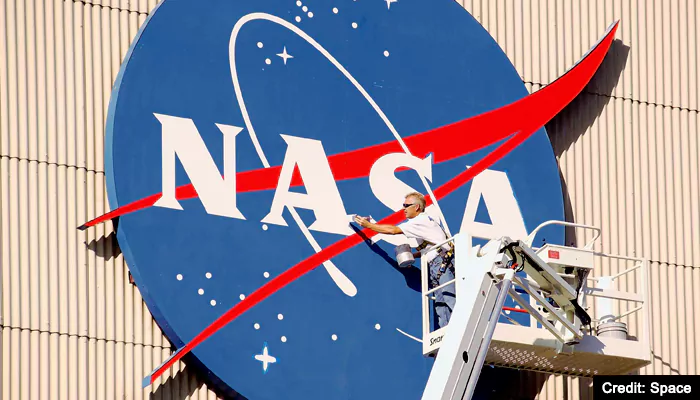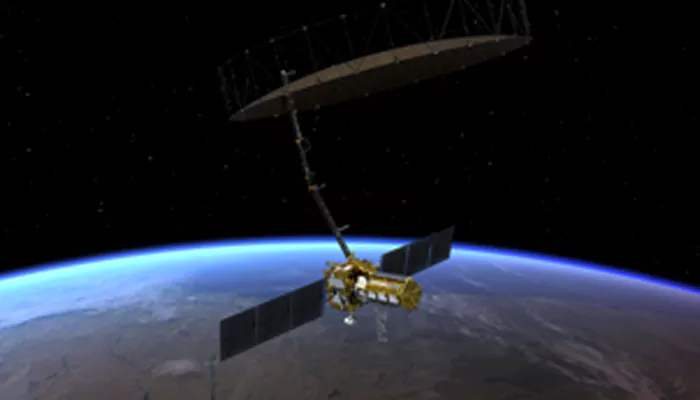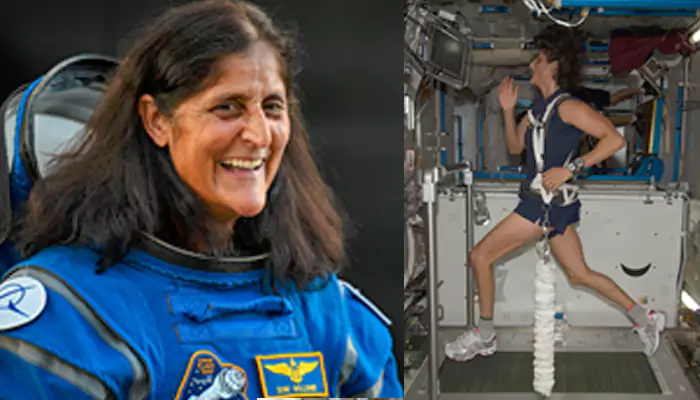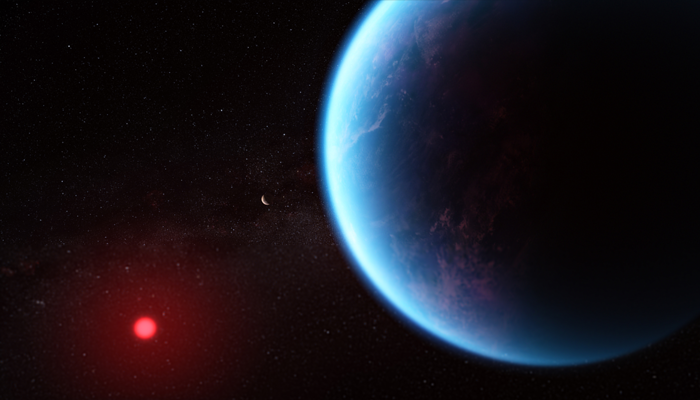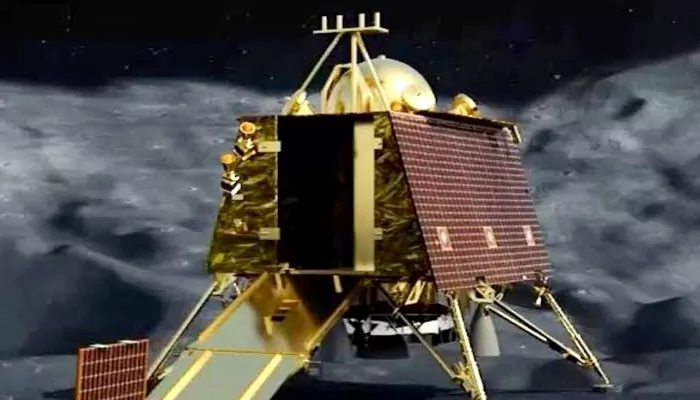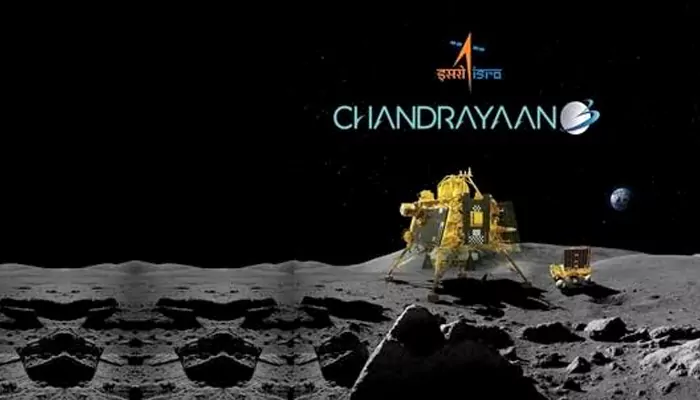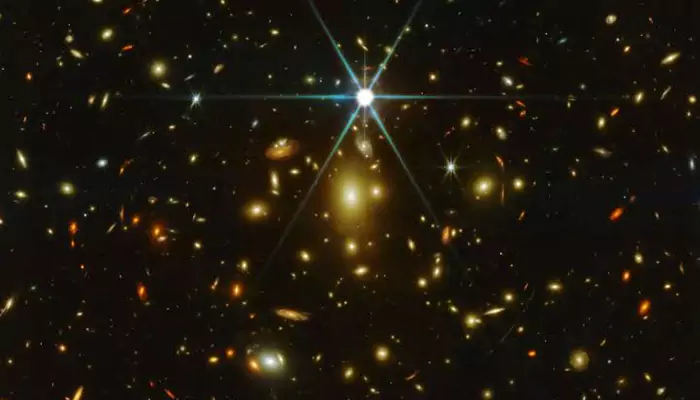Earth to Europa: Date Announced for NASA's Largest Planetary Mission to Hunt for Signs of Life; Check Key Insights
- Soham Halder
- 1 year ago
- 4 minutes read

NASA is currently preparing for its largest planetary mission spacecraft to date, Europa Clipper to investigate the potential for human habitat.
In quest of alternate habitable options, scientists are exploring Mars, Moon and other interstellar objects. Now, we are entering into the next level of space exploration. NASA's upcoming Jupiter Moon mission is all about understanding the potential for habitable environment. As NASA has already announced the launch date, let's find out key details about the mission.
NASA's Largest Planetary Mission Spacecraft:
NASA’s most ambitious Europa Clipper mission will explore Jupiter's moon Europa. As per available data, Jupiter's moon is expected to contain a massive subsurface ocean under its icy upper crust. Thus, scientists are targeting Europa for astrobiological research.
A real power move! ⚡️ Here's a look at engineers and technicians at @NASAKennedy deploying the first of two massive solar arrays that will provide electricity for our spacecraft at Jupiter – which is more than five times as far from the Sun as Earth. pic.twitter.com/KWtEogGZAC
— NASA Europa Clipper (@EuropaClipper) August 16, 2024
(Credit - @EuropaClipper X handle)
With its solar arrays, the overall size of the spacecraft will be over 100 feet of 30.5 meters, which is larger than any professional basketball court. The spacecraft will carry a “2,700 kilograms of propellant, accounting for almost half of its 6000-kilogram launch weight,” as mentioned in NASA website.
“The spacecraft is cozy. It has heaters and an active thermal loop, which keep it in a much more normal temperature range,” said APL’s Taejoo Lee, the solar array product delivery manager.
Aim of the Mission:
The exploration of Europa will ultimately help researchers to better understand the “astrobiological potential for habitable worlds” beyond the Earth.
“Clipper’s primary science goal is to determine whether there are places below the surface of Europa that could support life. The mission’s three main science objectives are to understand the nature of the ice shell and the ocean beneath it, along with the moon’s composition and geology,” as mentioned in NASA website.
Almost time to spread our wings! 🦋 At @NASAKennedy, our spacecraft has been outfitted with its solar array "wings." They're not only huge, but strong enough to withstand the harsh conditions around Jupiter's intriguing moon Europa. https://t.co/vQbpuk8kDH pic.twitter.com/v3y7WD9kMw
— NASA Europa Clipper (@EuropaClipper) August 27, 2024
(Credit - @EuropaClipper X handle)
An Innovative Mission:
Despite being the largest spacecraft, this mission is special for numerous reasons. The first reason is its innovative orbit strategy. The spacecraft will encircle Jupiter rather than Europa. This unique approach will permit the spacecraft to operate at least 50 close flybys of Europa. Scientists adopted this strategy to minimize direct exposure of the spacecraft from Jupiter's intense radiation.
During these flybys, Europa Clipper will utilize the suite of nine state-of-the-art scientific instruments for detailed measurements of the surface, atmosphere, along with presence of potential subsurface ocean in the Europa.
One of the most important techniques we have for uncovering Europa's secrets is studying its magnetic field. That's why it's important to understand our spacecraft's own small magnetic field. 🧭 https://t.co/OCzciBK7RE pic.twitter.com/NztiBOq0dS
— NASA Europa Clipper (@EuropaClipper) January 24, 2024
(Credit - @EuropaClipper X handle)
The overall journey from Earth to Jupiter will take at least five and a half years. The spacecraft will utilize gravity assists from both Mars and Earth to attain the required velocity. The spacecraft is expected to reach the Jovian system in April 2030. After that, the Europa Clipper will start its three and a half year-long mission.
Partnership & Spacecraft Development:
Led by NASA’s Jet Propulsion Laboratory in Southern California, the Europa Clipper mission is managed by Caltech in Pasadena, California along with the Johns Hopkins Applied Physics Laboratory (APL) in Laurel, Maryland. The spacecraft body was originally designed by APL and JPL, with support by NASA’s Goddard Space Flight Center in Greenbelt, Maryland.
Jupiter’s moon Europa shows strong evidence for an ocean of liquid water beneath its icy crust. In fact, it could have all the ingredients needed for life. In October, we set sail to take a closer look – here's how we'll do it. pic.twitter.com/jy7m6NlYiD
— NASA Europa Clipper (@EuropaClipper) June 21, 2024
(Credit - @EuropaClipper X handle)
Astronomers are currently focusing on maximizing the longevity of spacecraft’s transistors and other components to sustain again Jupiter's harsh radiation.
SpaceX’s Falcon Heavy rocket will carry the spacecraft from Kennedy Space Center in Florida on October 10, 2024.

